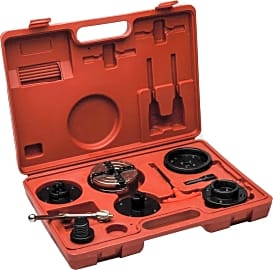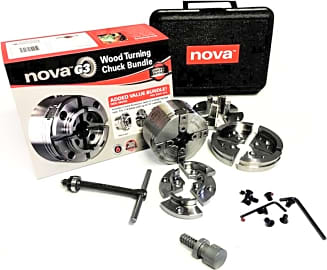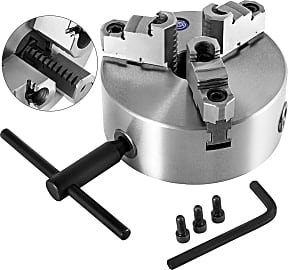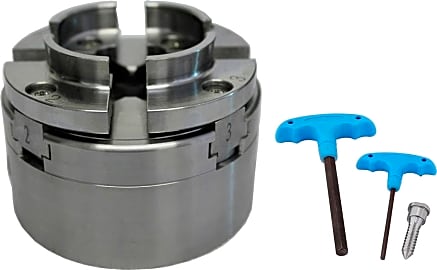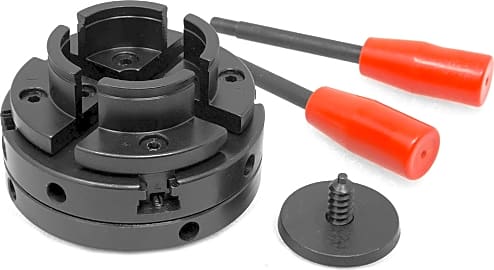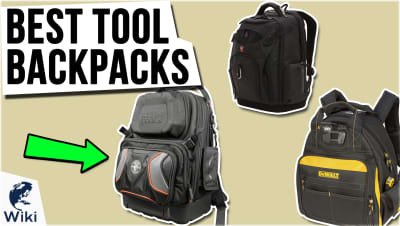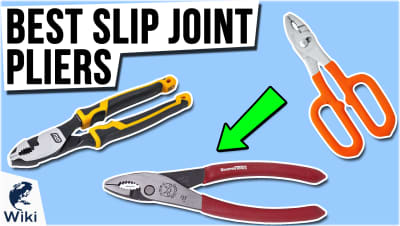The 7 Best Lathe Chucks

This wiki has been updated 27 times since it was first published in August of 2019. A good lathe is an essential fixture in any fine woodworking shop, but the machine's only as good as the chuck it's turning. Quality offerings in this category are precisely engineered to mitigate runout, and designed to clamp down on tenons with their internal jaws, or expand against recesses with their external counterparts. Our rankings feature some of the best models on the market. When users buy our independently chosen editorial recommendations, we may earn commissions to help fund the Wiki.
Editor's Notes
February 04, 2021:
It looked like the Nova 71047 G3 was suffering from some availability issues, so we went ahead and switched it out for the Nova TK-48246 Direct Thread — a 3.35 inch model that comes bundled with its accessories inside a hard storage case with foam inlay. We also ended up eliminating the Hurricane Turning Tools HTC125 and Oneway Manufacturing TPI Talon for similar reasons.
Our other new additions are the OrangeA K11 — a self-centering model that promises to keep its jaws within .002 inch from each other; and the Lldsimex Self Centering — a four-inch option that comes with ergonomic T-handle allen wrenches for its set screws, which, while not the most expensive extra, is a nice touch compared to the throw-away garbage that tool manufacturers usually offer in these situations.
September 20, 2019:
A good lathe is an essential fixture in any fine woodworking shop, but the machine's only as good as the chuck it's turning. Quality offerings in this category are precisely engineered to mitigate runout, and designed to clamp down on tenons with their internal jaws or expand against recesses with their external counterparts. Our rankings feature some of the best models on the market.
A few things to consider as you shop:
Price. Not just of the chuck, but also of the jaws that are compatible with it. A good chuck can last for years, and during that time there’s a good chance that you’ll want to expand your horizons into a new set (or, more likely, a few new sets) of jaws. Do a bit of research and see what you’re getting into.
How often will you be changing jaws? If you're the kind of carpenter who switches up often, there’s a couple strategies that you might want to consider, to minimize costs and hassles: Firstly, consider an inexpensive option, and buy a separate chuck for every set of jaws you own. Or, secondly, invest in a single (though, albeit, pricier) chuck – such as the Easy Wood Tools C1000 – that incorporates quick-changing technology, and make sure that all the jaws you purchase are compatible with it.
Is that an open- or closed-back offering? While a closed-back design makes the most sense to me, especially while working in such a dust-prone environment, there are others who insist that open-back chucks merely need to be blown out from time to time, and allow for easy access during regular gear oiling.


